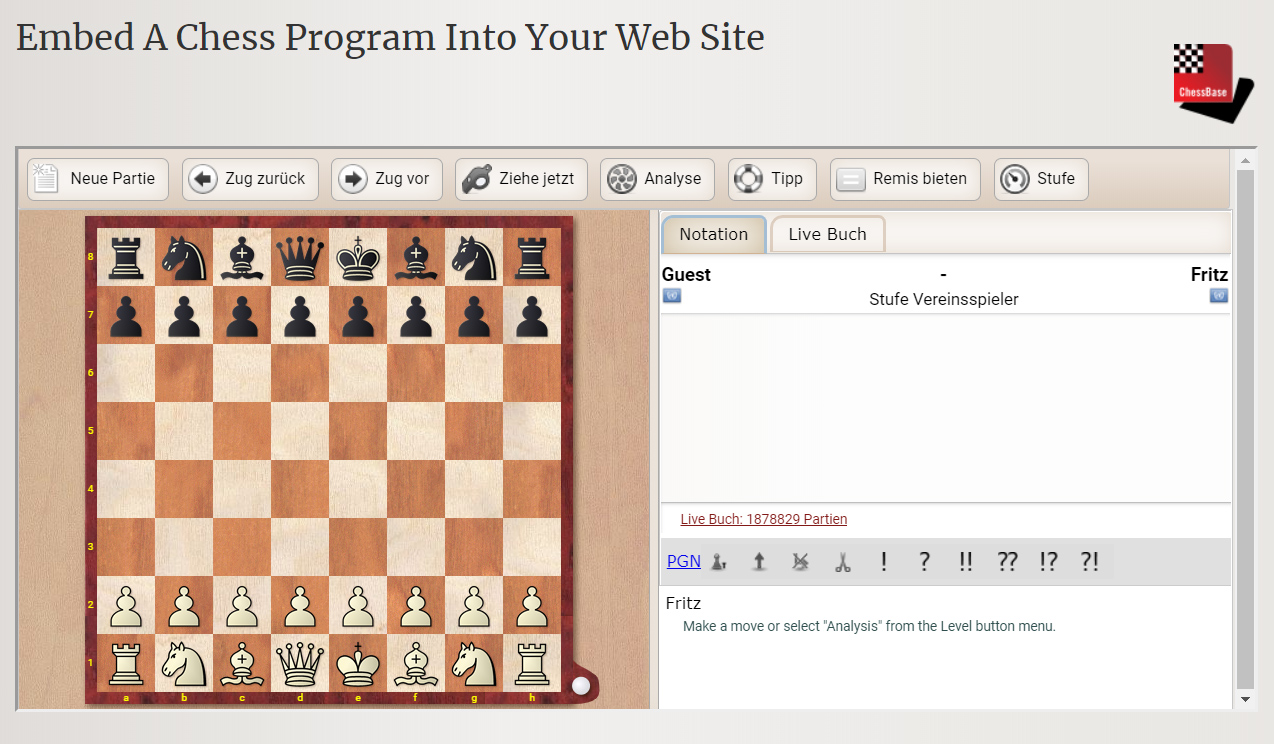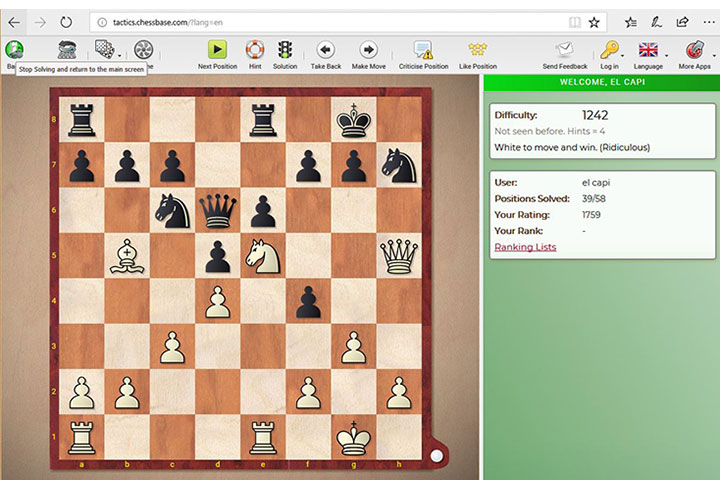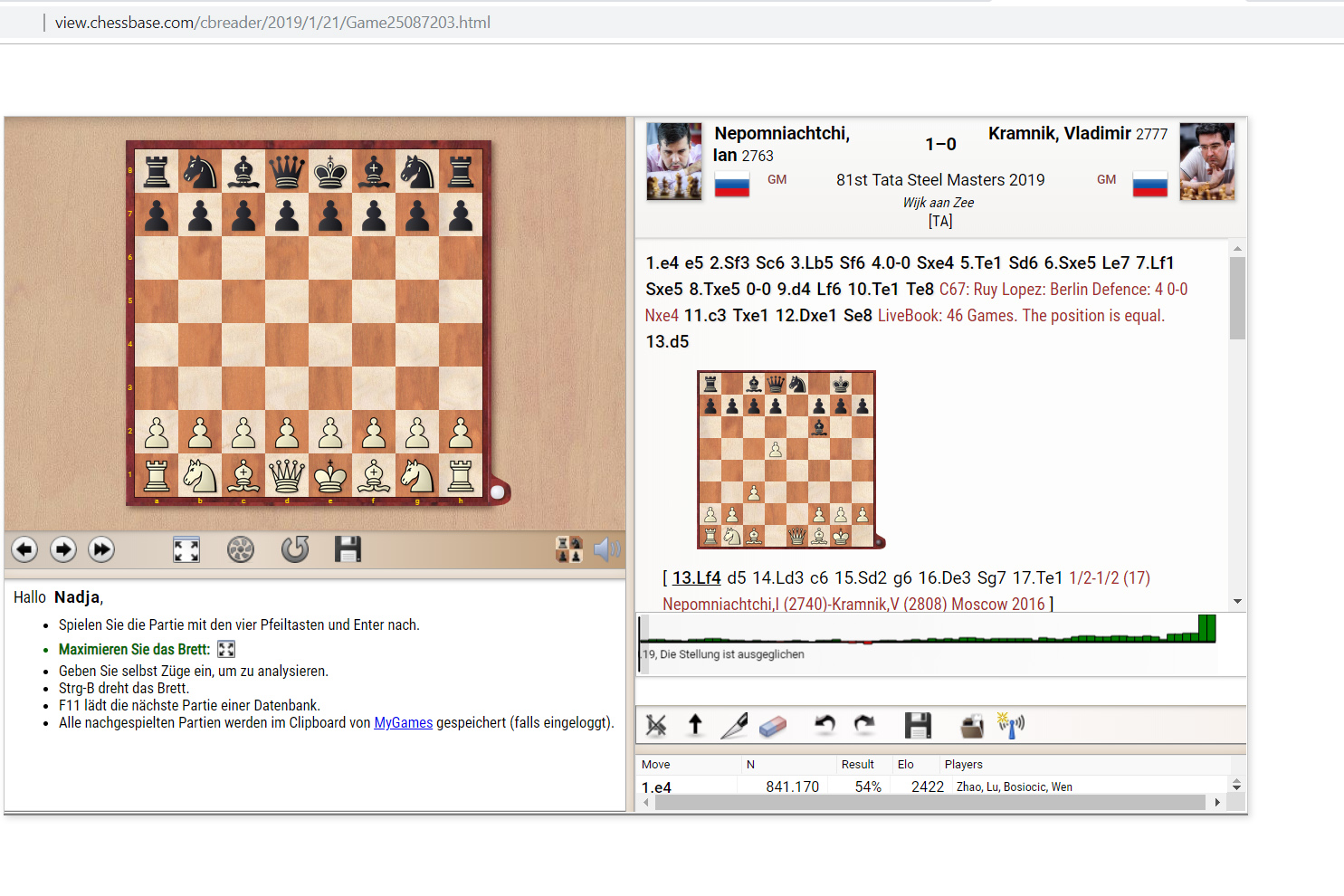
You enter moves with the mouse or by typing the coordinates ("e2e4"). You can install the slider by using the menu right-clicking the board and using Board Design -> Slider. This is especially useful in long, commented games. The slider below the board can be dragged or clicked, as in a media player, to get to different parts of the game very quickly. The red undo button in the center cancels the last move entered.ĬhessBase has a new, intuitive way to navigate games. The single arrows go forwards/backwards move by move. The stop arrows lead to the begin/end of the current variation. The white arrows in the green circle navigate in the game history. If the replay arrows are not visible, right-click below the board to switch them on. Or click on the navigation buttons below the board: Use the cursor keys to play forward and backward. If you add a game to the repertoire database by this method the position is shown that is used as search criterion for the repertoire functions.You replay games in the board window after you load them from a games list with a double-click or the enter key.Ĭlick in the notation window to jump to any position.

In earlier program versions all the alternate variations were also added, which was sometimes imprecise. Mark move blue sets this search position for the repertoire report. The user can add games to the repertoire database directly from the board window.Ĭlicking on the small arrow next to the Repertoire database button opens the repertoire database. There are differences to earlier versions of the program.

Select database with my games: This is when you already have games stored in a separate database.Ĭreate empty database: This puts the game into a new database, which you can later add to. In the following dialog you can choose the player’s name. If no repertoire database has been defined yet the program will offer to create a new repertoire database.īuild from my games: This creates a database using your games on the server. You can also use the ribbon Report – Add to repertoire. Right click anywhere in the board window and select Add to repertoire.

Let us assume that you are replaying a game that is significant for your repertoire. The program can also support users who do not yet have their own repertoire database. To define a database as a repertoire database right click on a database and select Properties. To do this you must have a database that only contains games and variations that are part of your repertoire. The systematic upkeep of your own repertoire is an essential part of your preparation.įirst you must create a repertoire database manually. This is a collection of annotated games or variations that are used as the basis of a personal opening repertoire.

ChessBase makes it easy for the user to create a repertoire database.


 0 kommentar(er)
0 kommentar(er)
